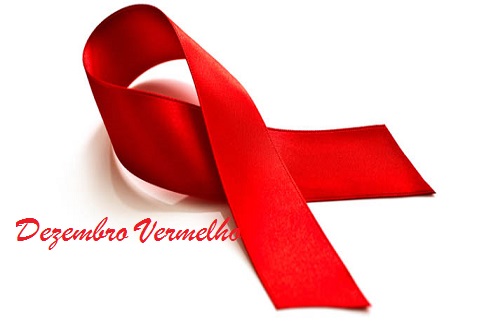Individuals between the ages of 20 and 34 account for more than 50% of those infected; The best way to avoid AIDS is to protect yourself with a condom during sexual intercourse.

According to the document, the highest rate of HIV infection affected the male population. In all, 266,360 cases (69.8%) were recorded in men and 115,333 cases (30.2%) in women. In DC, AIDS measures such as free distribution of condoms and the use of antiretrovirals in pre-exposure prophylaxis (PrEP) and post-exposure prophylaxis (PEP) have been great allies in reducing the city’s infection rates.
According to data from the latest epidemiological bulletin of the Municipal Health Secretariat (SMS) issued by the Coordination of STDs / AIDS in partnership with the Coordination of Health Surveillance (Covisa), the rate of new infections with the disease has decreased for the fifth year. Consecutive year in the city of Sao Paulo. In 2021, 2,351 new HIV cases were registered, which is 37.5% less than in 2016, when there were 3,761 registrations.
In pregnant women, prenatal care prevents complications
Pregnant women are an important demographic segment to be evaluated for HIV infection in Brazil. On the one hand, in the last 10 years – from 2010 to 2020 – there has been a 30% growth in the rate of virus detection in the public, on the other hand, it has been noted that the survey can only be carried out because there has been, throughout the territory, an expansion of programs Which aims to care for pregnant women before childbirth.
The city of São Paulo has 470 Basic Health Units (UBSs) that, through the Technical Area of Women’s Health, offer a comprehensive care network for pregnant women in the capital, including preventive examinations, vaccinations and complete monitoring throughout the entire period. pregnancy period.
Prenatal care performed at UBSs makes it possible to identify diseases that were already present in the body, and which develop silently, such as diabetes, heart disease, anemia and syphilis, as well as HIV. The help also detects potential fetal problems, many of which can be treated during the pregnancy process.
other audiences
It is important to remember that the HIV epidemic is also concentrated among men who have sex with men (MSM), gay and bisexual men, transgender men and women, transvestites and sex workers.
For all audiences, SMS offers care, monitoring and treatment through the municipal network specializing in STDs / AIDS, which has 27 AIDS reference centers in the capital, of which 10 are Test and Counseling Centers (CTAs) – one of which is mobile – and 17 are specialized care services ( SAEs).
In them, people who do not live with the disease can self-test, and people living with HIV/AIDS (PLWHA) can start or continue treatment. Tarv is exclusively implemented by SAEs, and may be initiated in CTA, but monitored in SAE where there is an appropriate continuity of care structure.
The most effective way to avoid HIV infection is to use a condom frequently during sexual intercourse. The barrier method is distributed free of charge in health facilities in the capital, as well as in public places with large distributions such as bus stations, subways and train stations.
source: Sao Paulo City Council

“Wannabe internet buff. Future teen idol. Hardcore zombie guru. Gamer. Avid creator. Entrepreneur. Bacon ninja.”

